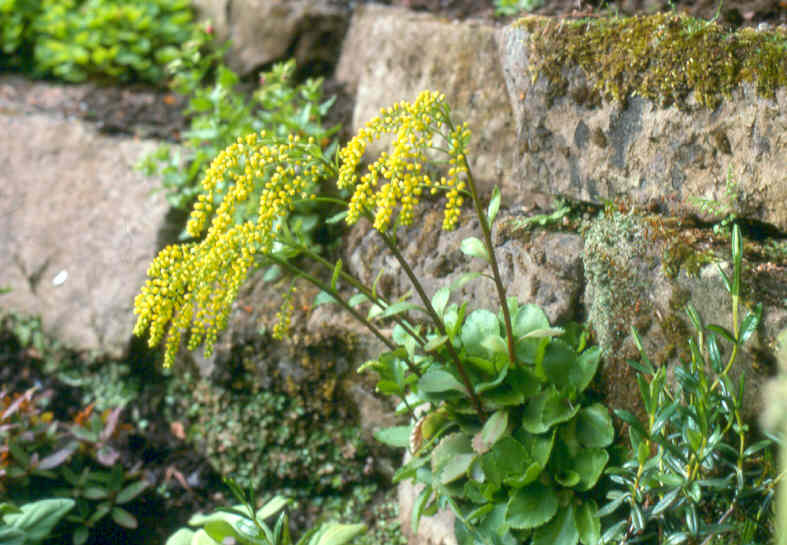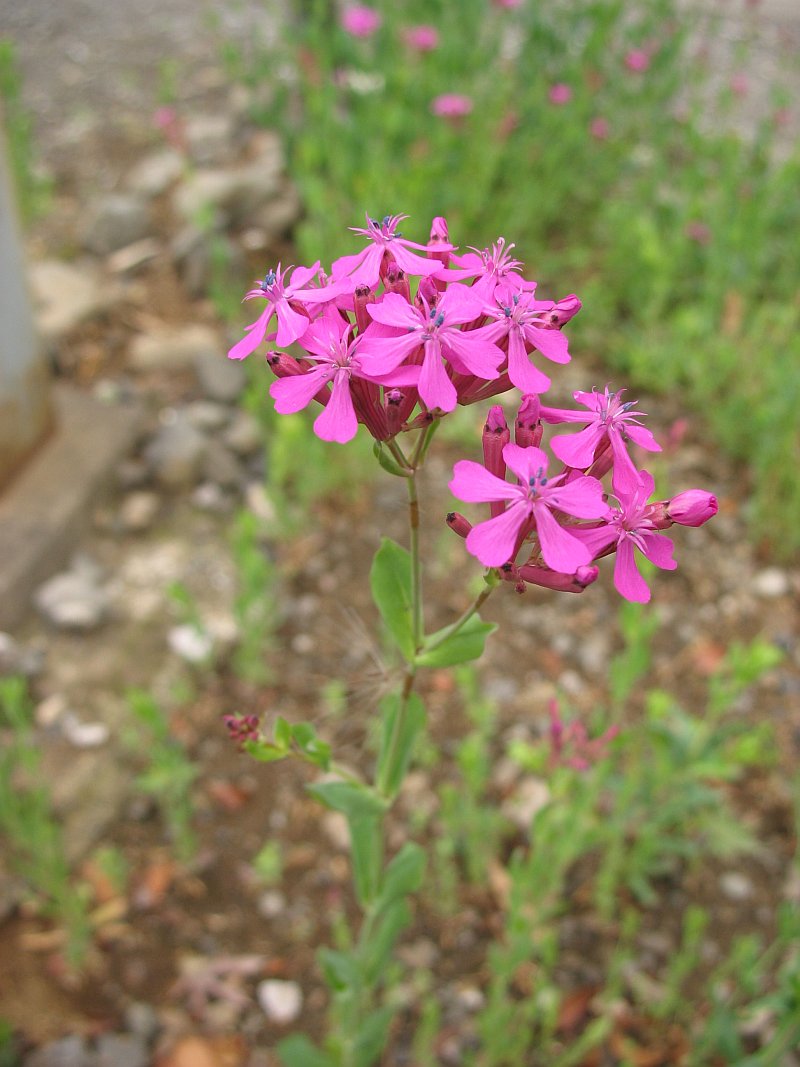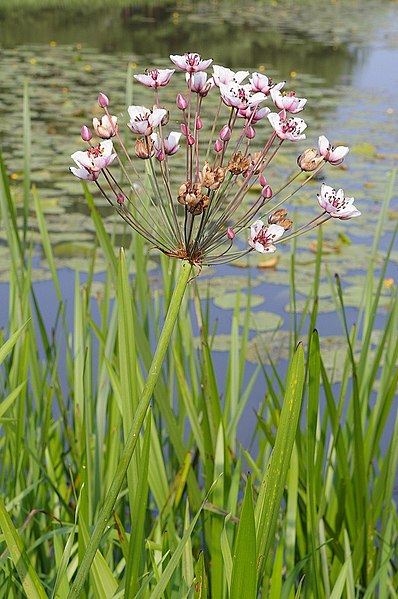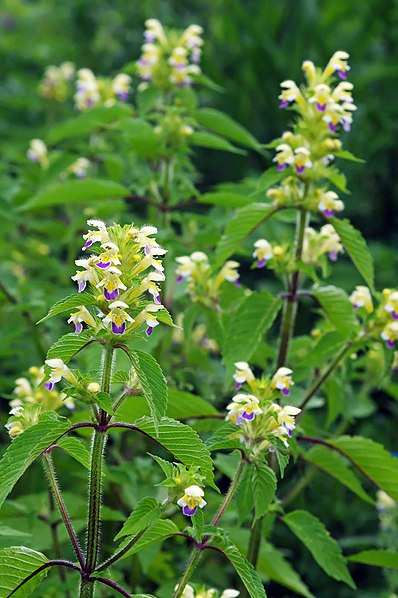I have been taking an interest in roses for a number of years now, a species group to be taken slowly and that rewards close observation, and have been gradually working my way toward trying to get to grips with some of the hybrids.
Rosa x dumalis, in this case the cross between Dog-rose (
Rosa canina) and Glaucous Northern Dog-rose (
Rosa caesia ssp.
vosaigaca), has been on my radar for a number of years, is very common and behaves like a species. In Huntingdonshire it is as common as Dog-rose, in VC64 it is also relatively common but as we are in Glaucous Northern Dog-rose territory it needs to be distinguished with care. But other than this one hybrid, I have only really dabbled.
Having come across an
old paper where Chris Preston decribes his efforts to investigate and record the hybrids further, I thought it time I stretched myself a little and set myself the target of Dog-rose x Field-rose (
Rosa arvensis) i.e.
Rosa x irregularis. So I headed up the hill behind the village (part of VC63) where I knew I could expect both parents to see how I got on. Surprisingly well is the answer, and this does seem a good gateway hybrid to get you looking closer and appreciating the subtleties.
Graham and Primavesi in the BSBI Rose Handbook describe Dog-rose as very much the blank canvass species, against which you look for the differences that help to distinguish the other species and hybrids. That proved good advice for my current search as while the hybrid is reassuringly intermediate it might easily be overlooked if you don't know what individual characters preclude Dog-rose and which
in combination suggest Field-rose.
The first thing I honed in with on my first likely candidate was the pedicels - were they glandular? (Note - this is not a character discrete to Field-rose). The answer was yes, and variably so but generally at a much lower level than would be the case for Field-rose. The next thing I noticed was the relatively length of the pedicels, very variable but with many much longer than would be expected in Dog-rose or indeed most other native rose species. The fruit, sepals, foliage and stems also looked intermediate with characters of Field-rose but beefed up by the Dog-rose genes. On some bushes there was variability of fruit set with a high proportion abortive. Similarly some bushes had biserrate leaves which again is a Dog-rose character. Another useful character is the intermediate prickles which are often aggregated. I hope the following photographs help illustrate some of these traits. My next challenge is to start to record it in VC64 and 31 as I'm sure it will be common wherever the two species meet.

Note the glandular pedicels
Note the variation in pedicel length with some to 3cm, while the outer fruit are proportioned more like Field-rose and the inner like Dog-rose
Intermediate stems and foliage, on a sprawling and suckering thicket
Towards the middle of the stem, 3 prickles can just be made out in close association (aggregated)




















_IMG_6544.JPG/800px-Euphorbia_stricta_(Steif-Wolfsmilch)_IMG_6544.JPG)



